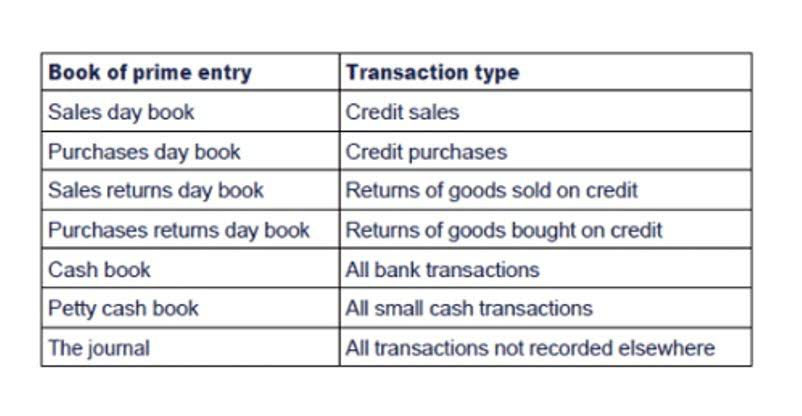
It presents a company’s revenues, expenses, and net income (or loss) over a specified period, providing insights into the company’s profitability and financial performance. To gauge a company’s profitability, one can look at the net income figure on the income statement. If the net income is positive, it indicates that the which accounts are found on income statement company is earning more than it spends and is profitable. A negative net income shows that the company is spending more than it earns, resulting in a loss. Additionally, comparing net income figures over multiple periods can provide insights into the company’s financial health and the effectiveness of its strategies.
What are the common items included in an income statement?
This number is arrived at by deducting the cost of revenue ($65.86 billion) from the total revenue ($211.92 billion)—in other words, revenue minus the amount that it cost to make that $211.92 billion. Similarly, for a company (or its franchisees) in the business of offering services, revenue from primary activities refers to the revenue or fees earned in exchange for offering those services. Your income statement is one of the most important documents your company produces. However, if you are the owner of a new business, or if you aren’t familiar with this type of statement, preparing and interpreting it can be challenging.
Understanding the Income Statement

You can earn our Income Statement Certificate of Achievement when you join PRO Plus. To help you master this topic and earn your certificate, you will also receive lifetime access to our premium financial statements materials. These include our video training, visual tutorial, flashcards, cheat sheet, quick tests, quick test with coaching, business forms, and more. Financial performance, or results of operations, is primarily measured by computing the net income. Net income is equal to all revenues earned minus all expenses incurred.
Resources for Your Growing Business

To read your income statement accurately, consult the information below. These expenses are different from bank charges, and they should report separately. Yet, sometimes we report them in one line in the Income Statement because one of them is immaterial. Although the income statement is typically generated by a member of the accounting department at large organizations, knowing how to compile one is beneficial to a range of professionals.
Breaking Down Expenses
It is prepared by following the applicable accounting standards such as US GAAP, IFRS, or Local GAAP. It is usually prepared at the end of the accounting period, which could be monthly, quarterly, or annually. To summarize, understanding the breakdown of expenses on an income statement is crucial for analyzing a company’s financial https://www.bookstime.com/ health. Grasping the differences between COGS, operating expenses, and non-operating expenses enables you to identify the primary drivers of a company’s profitability and make informed decisions. The Income Statement is one of a company’s core financial statements that shows their profit and loss over a period of time.
Link to Cash Flow Statement
A multi-step income statement calculates net income and separates operational income from non-operational income—giving you a more complete picture of where your business stands. A balance report details your end balance for each account that will be listed on the income statement. A balance report provides all of the end balances required to create your income statement. Learn how your business can create and use income statements, along with other financial statements.
Which of these is most important for your financial advisor to have?
Expenses are how much it costs for a business to keep running and make money. Examples of gains are proceeds from the disposal of assets, and interest income. The illustration above comprehensively shows the different levels of profitability of XYZ Corporation. These include dividend income, and proceeds from sale of extraordinary items. It includes marketing costs, rent, inventory costs, equipment, payroll, step costs, insurance, and funds intended for research and development.
- This is the profit before any non-operating income and non-operating expenses are taken into account.
- It provides them with a summary of the performance of the company during a specific period.
- Together with the Balance Sheet and Cash Flow Statement, it is included in every company’s Annual Report – the publicly available, comprehensive overview of a business’ health and financial standing.
- Most businesses have some expenses related to selling goods and/or services.
- Subtract the cost of interest payments and income tax from your operating income, and you get the bottom line.